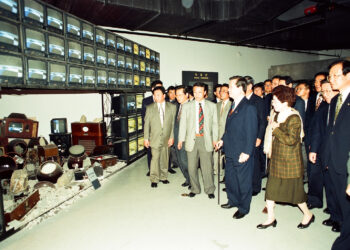Placemaking – ‘A need to have and not a nice to have’
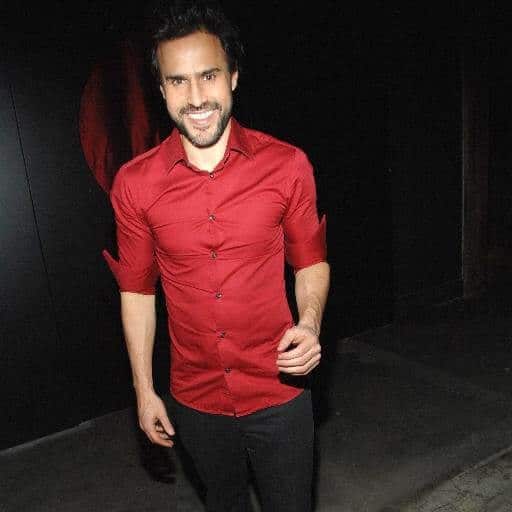 Marcello Cabezas
Marcello Cabezas
ART AFRICA spoke to Marcello Cabezas, an award winning producer, culture curator and placemaker invited to present at UNFOLD Art Xchange – a series of Art Talks that will coincide with the Dubai Art Week. Cabezas discusses placemaking and the development of urban spaces to enhance human connection and mindfulness. The forum aims to merge the world of art with architecture and culture, informing industry players, government authorities and financial institutions of key developments, opportunities and potential collaborations.
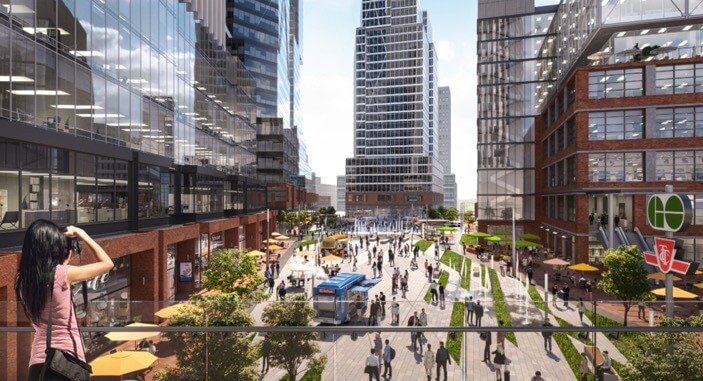 East Harbour
East Harbour
ART AFRICA: Placemaking is a human-centred, multifaceted approach to the design, planning and management of public spaces. The term ‘placemaking’ was coined in the early seventies but has only recently been hot on the urban agenda. Why do you think it has taken almost five decades for the discipline to be incorporated in the development of cities?
Marcello Cabezas: First off, the benefits of thoughtful placemaking should be incorporated into all spaces – be it public, residential, office, retail etc. Really every place. Developers of spaces should realise that they have a true gift to inspire the way human’s interact and grow. Bringing people together around food, arts & culture, wellness, play and learning in communal settings can positively change the way we look at each other. Our world needs this now more than ever.
In terms of why it’s taken so long, one would think it comes down to focusing on the functionally of what a space is – an office, a park, a condo building, a senior living complex. That said, something called the internet came along – information sharing and images of what others are doing around the world – inspired developers of spaces and those who are using them. More and more proof of concepts is in the market and people are seeing what is possible. This is also leading to more and more international collaborations. So, I’m hoping this is just the start and placemaking is just beginning its place in our world.
As an aside, in my relatively short time in the placemaking world, ego can be something that can shut down thinking differently. And putting placemaking discipline at the same table as architects, planners, and developers is a key practice that needs to be incorporated globally. It can’t be seen as an after-thought. Each place has a unique set of values and a demographic that may be unique. That’s why research is so key to finding out the “what” and discussing this very early on in the planning process.
So key takeaway – invest resources in the placemaking process early and the benefits for that place and those who are inspired to use it will follow and remember that thoughtful placemaking leads to business development.
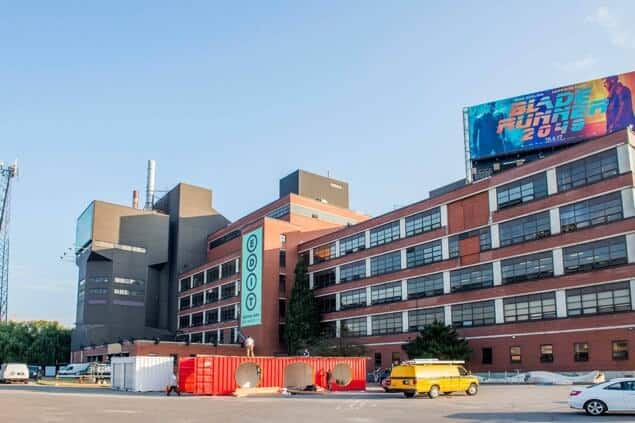 Soap Factory
Soap Factory
The idea of space being used to enhance the human experience beyond just functionality could seem a utopian concept in many developing countries around the world. Is this idea exclusive to wealthier, first world countries or is there a place for this discipline in third world countries, where physical needs for the majority of the population are still not being met?
The key word is ‘thoughtful spaces’. We all deserve and benefit from being challenged and inspired in our day to day. And places have the potential to inspire us to lead more fulfilling lives. The budgets for projects should not dictate if a place should have a playground or communal table for eating experiences. Yes, the size and scope of a placemaking amenity offering may be different from place to place. But it really comes down to the commitment to the concept that animating spaces will create more understanding and enjoyment from users and places will then become vibrant. Communities and developers of spaces should work together to build spaces inspiring humans to connect in real ways and learn along the way. It’s a need to have and not a nice to have.
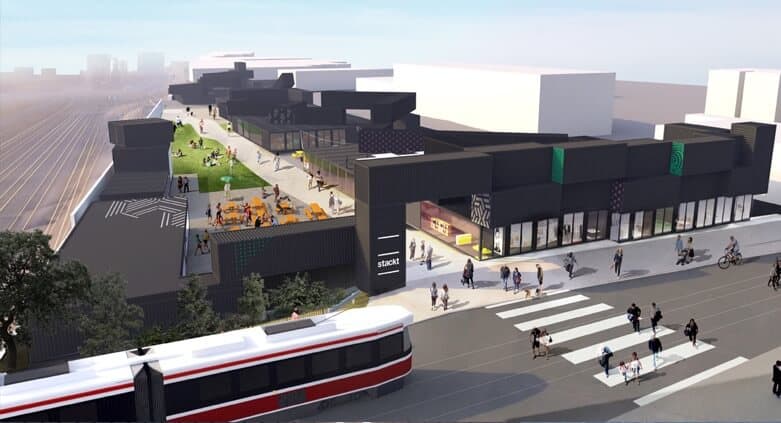 Stackt Toronto
Stackt Toronto
In your article posted on the UNFOLD website you talk about the infiltration of technology into our everyday lives and this culture of instant gratification, contributing to today’s epidemic of loneliness and suffering of mental illness. How do these spaces seek to counter-balance this notion with a more wholesome experience?
It’s about being present and ‘in the moment’, in real life – and places can really inspire this. For example, when you come across a stranger at a communal dinner experience, there is more opportunity for you to strike a bond with that person then if you were sharing a subway ride to work. Places need to have thoughtful amenities that can lead to organic connection while adding in specific programs to further connect people. We as humans need to play, laugh, practice mindfulness, connect, learn more in real life. Technology can complement this, but I feel it should not lead or dominate our lives. I truly believe – and there are more and more global examples of this – that if you create amenities at places that are thoughtful and are programmed, people will come.
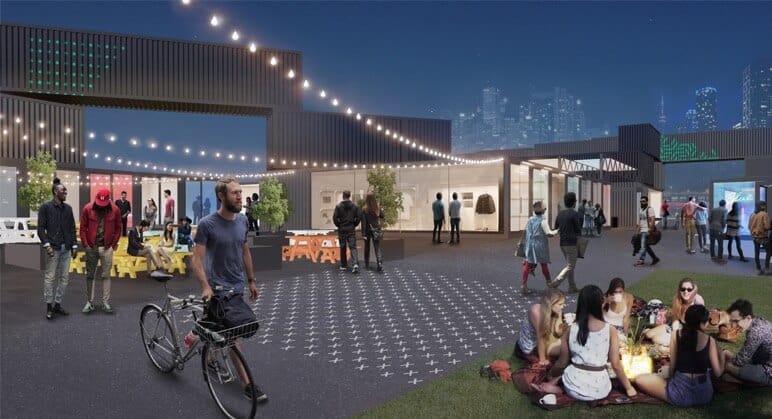 Stackt Toronto
Stackt Toronto
